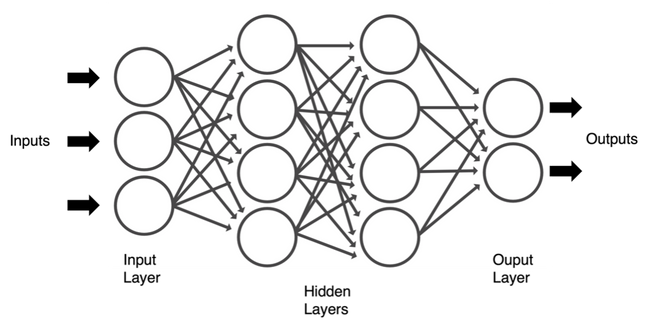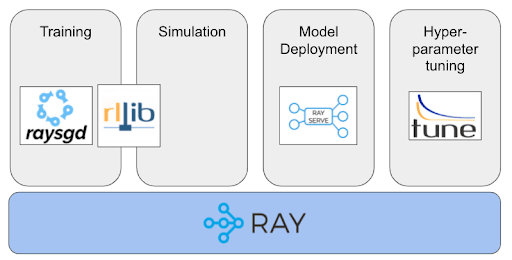Subject archive for "python," page 3

Semi-uniform strategies for solving K-armed bandits
In a previous blog post we introduced the K-armed bandit problem - a simple example of allocation of a limited set of resources over time and under uncertainty. We saw how a stochastic bandit behaves and demonstrated that pulling arms at random yields rewards close to the expectation of the reward distribution.
By Nikolay Manchev6 min read

Polars - A lightning fast DataFrames library
We have previously talked about the challenges that the latest SOTA models present in terms of computational complexity. We've also talked about frameworks like Spark, Dask, and Ray, and how they help address this challenge using parallelization and GPU acceleration.
By Nikolay Manchev7 min read

Tensorflow, PyTorch or Keras for Deep Learning
Machine learning provides us with ways to create data-powered systems that learn and enhance themselves, without being specifically programmed for the task at hand. As machine learning algorithms go, there is one class that has captured the imagination of many of us: deep learning. Surely you have heard of many fantastic applications where deep learning is being employed. For example, take the auto industry, where self-driving cars are powered by convolutional neural networks, or look at how recurrent neural networks are used for language translation and understanding. It is also worth mentioning the many different applications of neural networks in medical image recognition.
By Dr J Rogel-Salazar13 min read

Reinforcement Learning: The K-armed bandit problem
In a previous blog post we talked about the foundations of reinforcement learning. We covered classical and operant conditioning, rewards, states, and actions, and did a review of some common reinforcement learning use-cases. This entry is a continuation of the series. In it, we present the k-armed bandit problem - a very simple setting that enables us to introduce the interaction between some of the key components of reinforcement learning.
By Nikolay Manchev9 min read

KNN with Examples in Python
In this article, we will introduce and implement k-nearest neighbours (KNN) as one of the supervised machine learning algorithms. KNN is utilised to solve classification and regression problems. We will provide sufficient background and demonstrate the utility of KNN in solving a classification problem in Python using a freely available dataset.
By Dr Behzad Javaheri14 min read

Getting Started with Ray
In this blog post we give a quick introduction to Ray. We talk about the architecture and execution model, and present some of Ray's core paradigms such as remote functions and actors.
By Nikolay Manchev12 min read
Subscribe to the Domino Newsletter
Receive data science tips and tutorials from leading Data Science leaders, right to your inbox.
By submitting this form you agree to receive communications from Domino related to products and services in accordance with Domino's privacy policy and may opt-out at anytime.